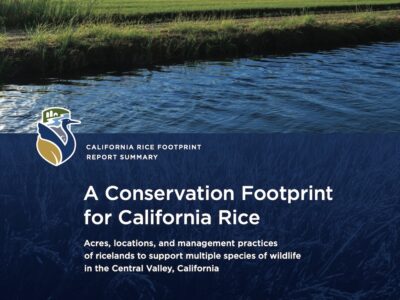The CRC concluded thiobencarb monitoring on July 16. The city monitoring results are pending and should be non-detect based on the CRC results at the river site (SR1).
Overall, it was a challenging year considering the late, wet weather and abundance of water in the system. We placed the industry on high alert because exceedances occurred two weeks into the season. Fortunately, the exceedances were in recovery mode during the following monitoring events.
We had concerns because there were detections over the reporting limit in the minor drains at the Butte and Sacramento Slough sites. Monitoring results are typically higher at the Colusa Basin Drain, since it is a conveyance carrying more drainage than the Butte or Sacramento Sloughs. The city results had trace amounts at the drinking water intakes, which we amplified in our e-communications.
To summarize, there were eight exceedances of the performance goal of 1.5 µg/L. The exceedances ranged from 1.7 µg/L to 2.7 µg/L. The performance goal is an indicator in the agricultural drains. Maintaining a 1.5 µg/L performance goal assists the cities in compliance with the secondary maximum contaminant level (MCL) of 1.0 µg/L. The primary MCL for thiobencarb is 42 µg/L. Primary MCLs are regulatory standards in place for toxicity and the secondary MCL is for nuisance (taste and odor). The thiobencarb monitoring has never been a toxicity issue, however the cities have to provide safe, reliable drinking water free of taste and odor.




